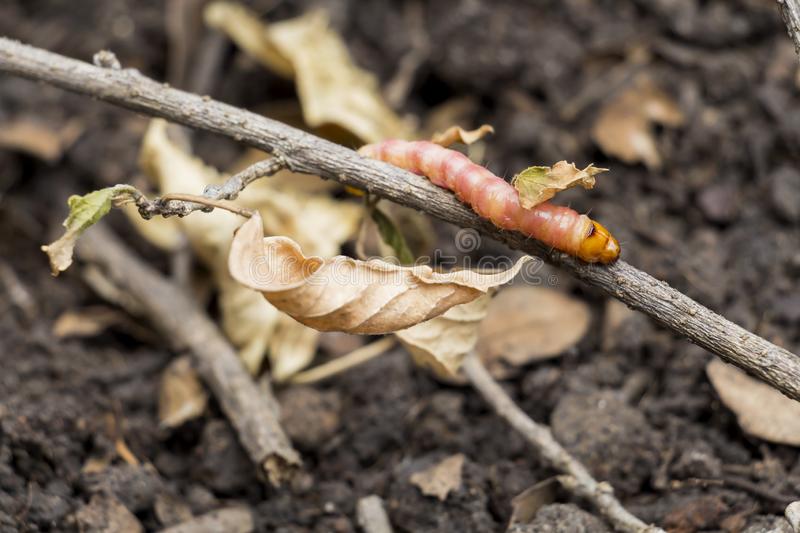



Article by: Hari Yellina
Australia’s biosecurity defences have been broken by another foreign pest. In September 2021, a hungry moth known as the mango shoot looper was discovered in the Atherton Tablelands in north Queensland. It has now been discovered in Darwin. Despite the travel limits imposed by the epidemic, Australia has had a horrible couple of years in terms of biosecurity. Apart from COVID-19 outbreaks, fall armyworm has spread throughout Australia, dog illness ehrlichiosis is well developed and now endemic, and Japanese encephalitis has recently spread to four states. This latest Asian invasive insect poses a threat to the Northern Territory’s thriving mango sector as well as Queensland plantations. NT farmers produce roughly 40,000 tonnes of mangoes each year, accounting for more than 52% of the total national harvest valued at $100-$150 million. In Queensland, this moth has been discovered investing in lychee plantations.
Severe infestations can result in 80-100 percent leaf and bloom loss on infected trees, as well as considerable crop losses owing to flower and immature fruit damage. In the absence of efficient chemical treatment, the pest has been spotted wreaking havoc on mango plants in north Queensland, including completely stripping back blossoms and destroying immature fruit. Other fruit trees considered potential hosts, according to government specialists, include rambutan, logan, cashew, and pistachio. This new insect is a “risk to the commercial mango sector, as well as private producers and amateurs,” according to the researchers. To help limit the spread of this alien pest, growers, nurseries, and travellers are recommended to check for symptoms of it. Adult moths can fly in small groups from tree to tree and are drawn to lights on caravans and automobiles. Strong winds may help them spread further.
Adult moths can fly in small groups from tree to tree and are drawn to lights on caravans and automobiles. Strong winds may help them spread further. Male moths are very pale brown or pinkish fawn, while females are pinkish. On the wings of both males and females, there are three rows of brown patterns, the last two of which contain dark brown specks dispersed along the length. Their wingspan is approximately 20mm.
Anyone who thinks they’ve discovered an infestation should call 1800 084 881 to report it.